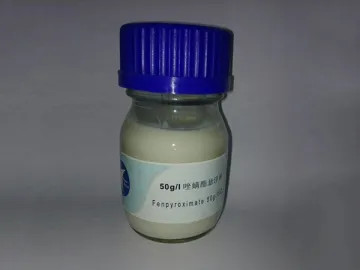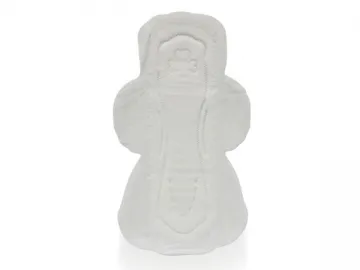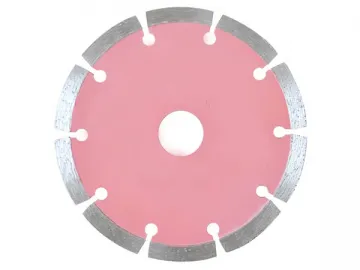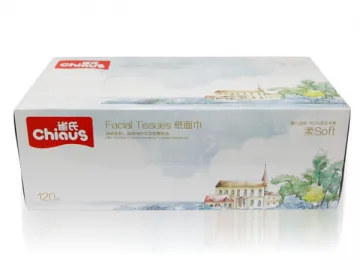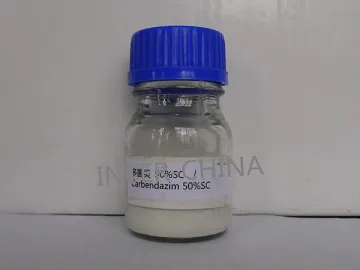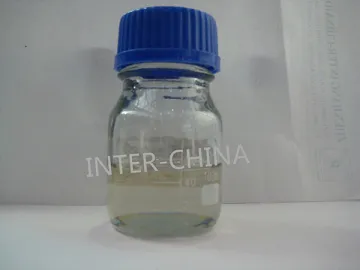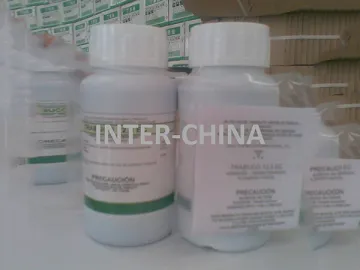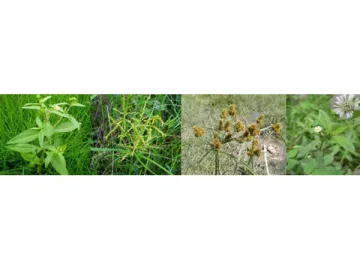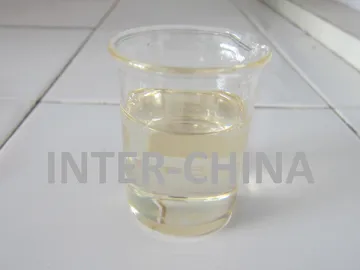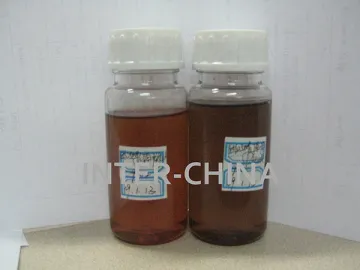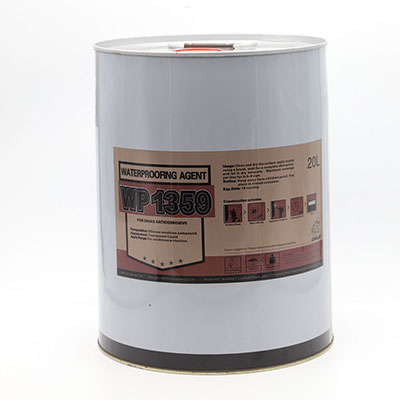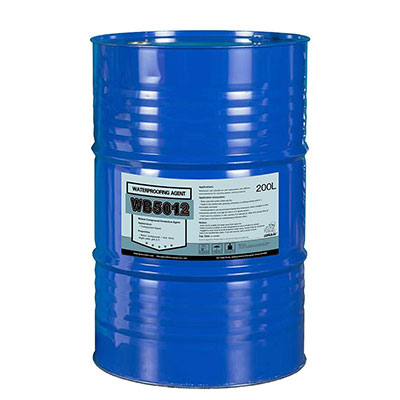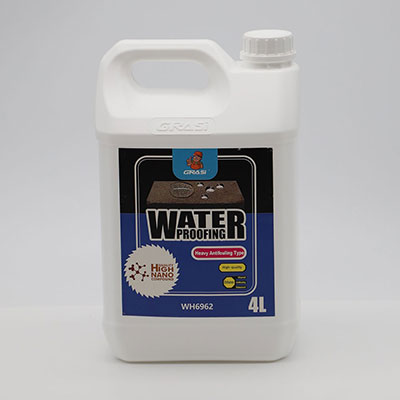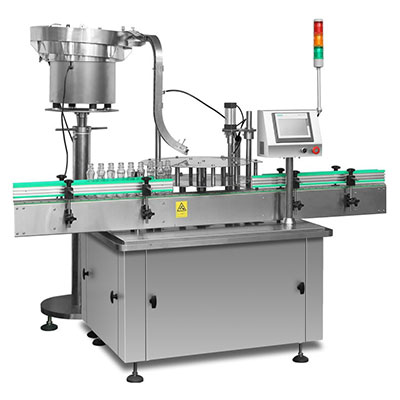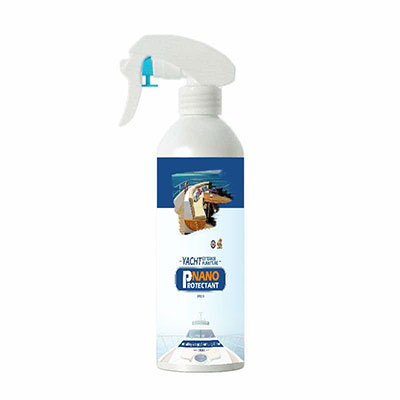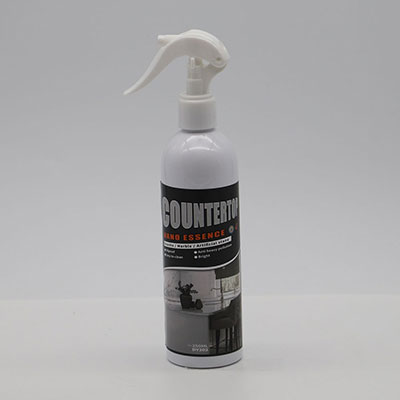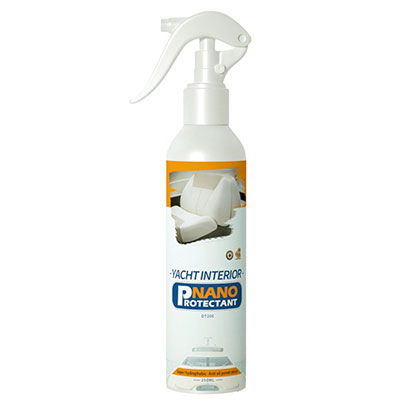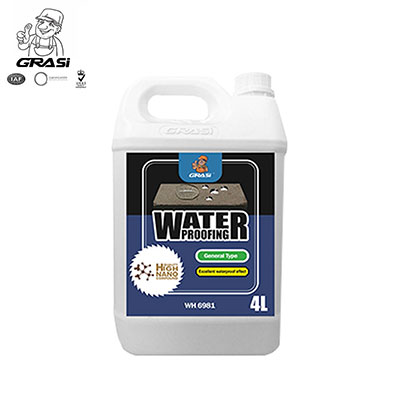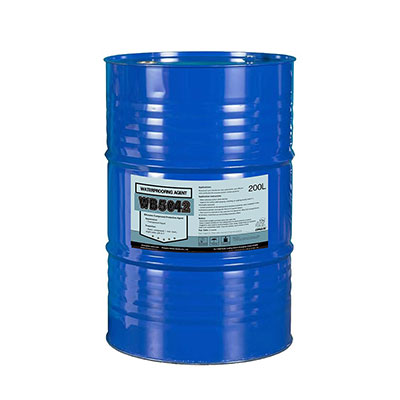Atrazine
CAS NO.: 1912-24-9
Atrazine, 2-chloro-4-(ethylamino)-6-(isopropylamino)-s-triazine, an organic compound consisting of an s-triazine-ring is a widely used herbicide. Studies presently suggest that this compound is an endocrine disruptor that has been shown to alter the natural hormonal system in animals.
Function
Atrazine is used to stop pre- and post-emergence broadleaf and grassy weeds in major crops. It is both effective and inexpensive, thus being well-suited to production systems with very narrow profit margins, as is often the case with maize or corn. This agricultural chemical is the most widely used herbicide in the United States.
| Crop | Target | Rate of Use | Application |
| Summer-grown corn field | Annual weed | 1800-2280 g/ha. | Spray |
| Spring-grown corn field | Annual weed | 1020-1500 g/ha. |
Use Precautions
1. Respiratory Protection
Use breathing apparatus only if aerosol or dust is formed.
2. Hand Protection
PVC or other plastic material gloves
3. Skin and Body Protection
Usual safety precautions while handling Atrazine will provide adequate protection against this potential effect.
4. Eye Protection
Safety glasses with side shields
5. Hygiene Measures
Handle in accordance with good industrial hygiene and safety practice.
6. First Aid
If accidental poisoning happens, wash the stomach with tannic acid or active carbon injectable suspension, and then send to see doctor.
Note
1. Atrazine remains in soil for a matter of months and can migrate from soil to groundwater. Once in groundwater, it degrades slowly.
2. The endocrine disruptor was banned in the European Union in 2004 because of its persistent groundwater contamination.
3. Implications of possible endocrine disruption for children's health are related to effects during pregnancy and during sexual development, though few studies are available.
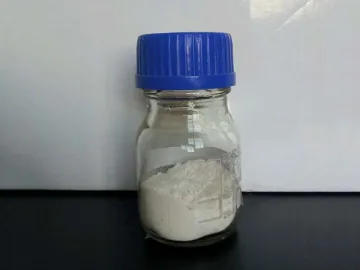
Links:https://www.globefindpro.com/products/75835.html

